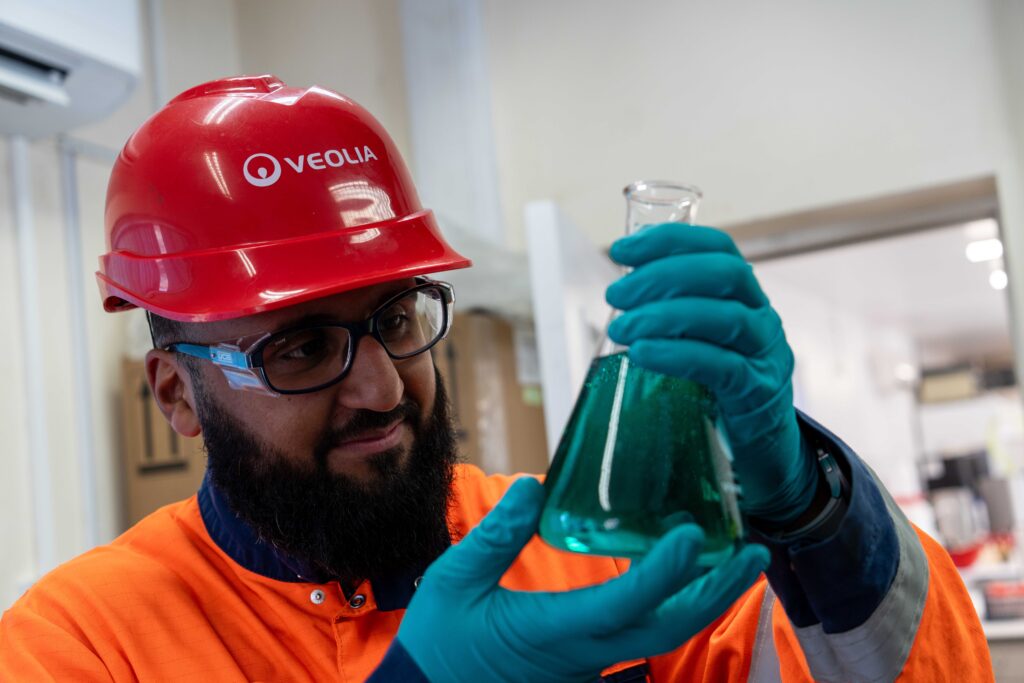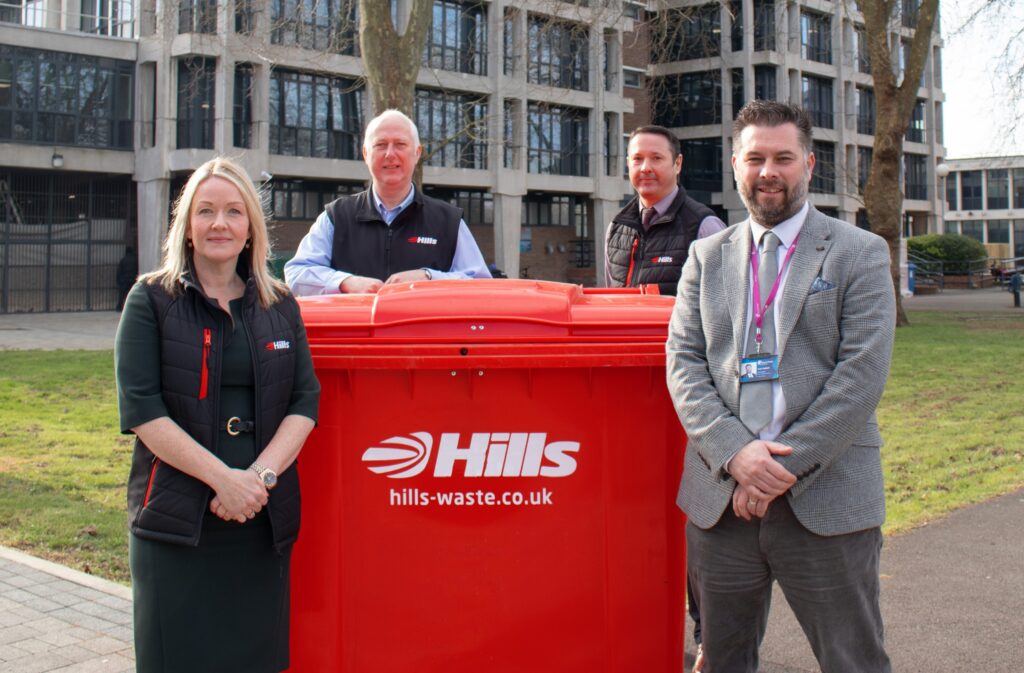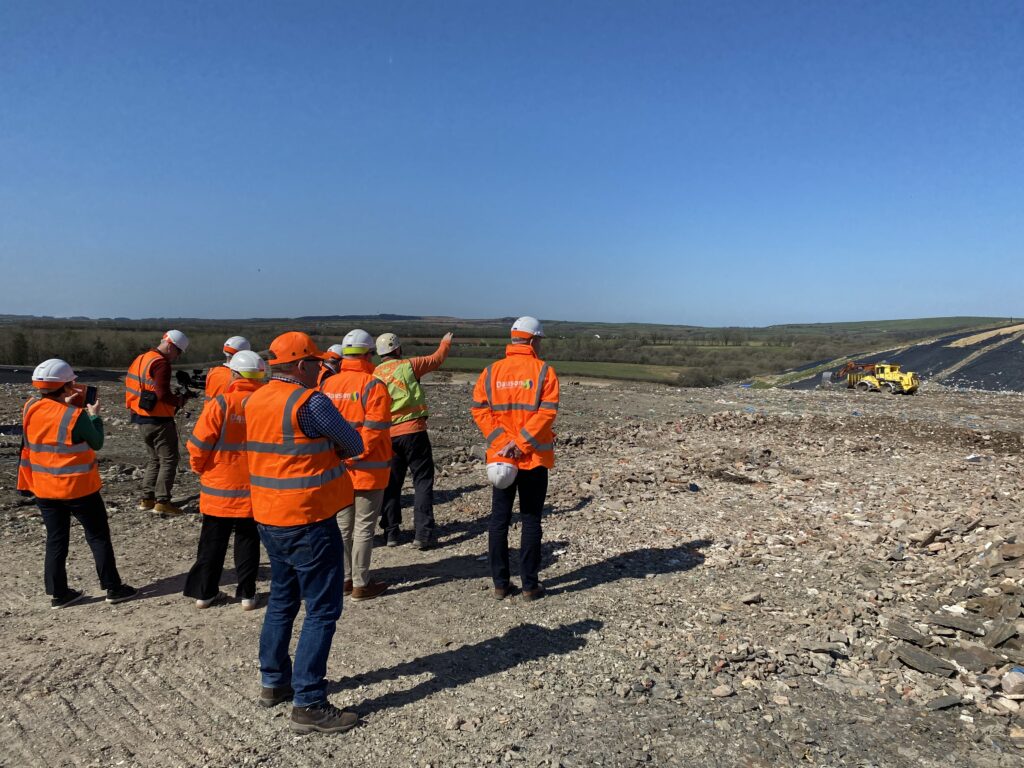It announced on Wednesday (November 26) that it had published new guidance entitled ‘Landfilling of gypsum waste including plasterboard', which means that companies will now be required to separate waste with a gypsum content so that it can be reused, recycled or landfilled in a separate cell with non-biodegradable waste.
The guideline was never intended to be a limit to allow producers to add gypsum up to 10%
Liz Parkes, Environment Agency
The new guidance, which will come into effect in April 2009, has been introduced due to concerns that some firms dealing with plaster and plasterboard containing gypsum were using the guideline as an upper limit rather than segregating the waste, and as a result of the new scientific research on gas production.
Liz Parkes, head of waste at the Environment Agency, explained: “In response to calls from industry we have up to now been taking a pragmatic view that separate disposal was not necessary for construction waste containing low levels of gypsum.”
“However, our position is changing because new science confirms that the relationship between the amount of sulphate waste and the production of hydrogen sulphide gas is complex. We cannot therefore set an acceptable limit within which gypsum can be deposited with biodegradable waste without creating this gas.”
She added that: “We are aware that some were relying on the disposal guideline at the expense of segregating and recycling their construction waste. But the guideline was never intended to be a limit to allow producers to add gypsum up to 10%.”
Content
The landfilling of gypsum together with biodegradable waste was banned in 2005 but construction waste containing “small amounts” of gypsum had not necessitated a separate disposal.
But, the Agency has now said that recent scientific research has revealed that “an acceptable limit” for gypsum being deposited with biodegradable waste could not be defined, leading to the formation of the revised guidelines to ensure greater separation of the waste.
Ms Parkes said: “In line with the Landfill Directive, which is about minimising the impact of landfilling on the environment, we want to encourage the reuse and recycling of more gypsum and other high sulphate-bearing waste while reducing the potential production of hydrogen sulphide gas at landfill.”
Plasterboard
The change of guidance for gypsum disposal follows the implementation of the first standard for reprocessed plasterboard – PAS 109:2008 – which was launched by WRAP at the end of September 2008 (see letsrecycle.com story).
The standard outlines specifications for the production of recycled gypsum from waste plasterboard and provides guidance for when the waste material is reprocessed into quality gypsum.
Earlier this month, Lincolnshire-based Mid UK Recycling, which provides collection services for North and South Kesteven district councils, became one of the first companies to meet the quality standard, and welcomed the move to create confidence in the quality of the recovered material.
Chris Mountain, managing director at Mid UK, said: “Building waste represents the largest single sector of waste and plasterboard is a large percentage of that. Anything that can be done to encourage the business and market of recycling plasterboard and gypsum is very good news both environmentally, and financially for local authorities and commercial businesses as it will reduce landfill tax and LATS fines.”
Quality Protocol
The PAS109 standard is intended to support the development of a Quality Protocol for gypsum from waste plasterboard, a joint initiative between the Environment Agency and WRAP.
A consultation on a draft quality protocol for this material was launched at the end of October 2008 and will run until January 22.








Subscribe for free